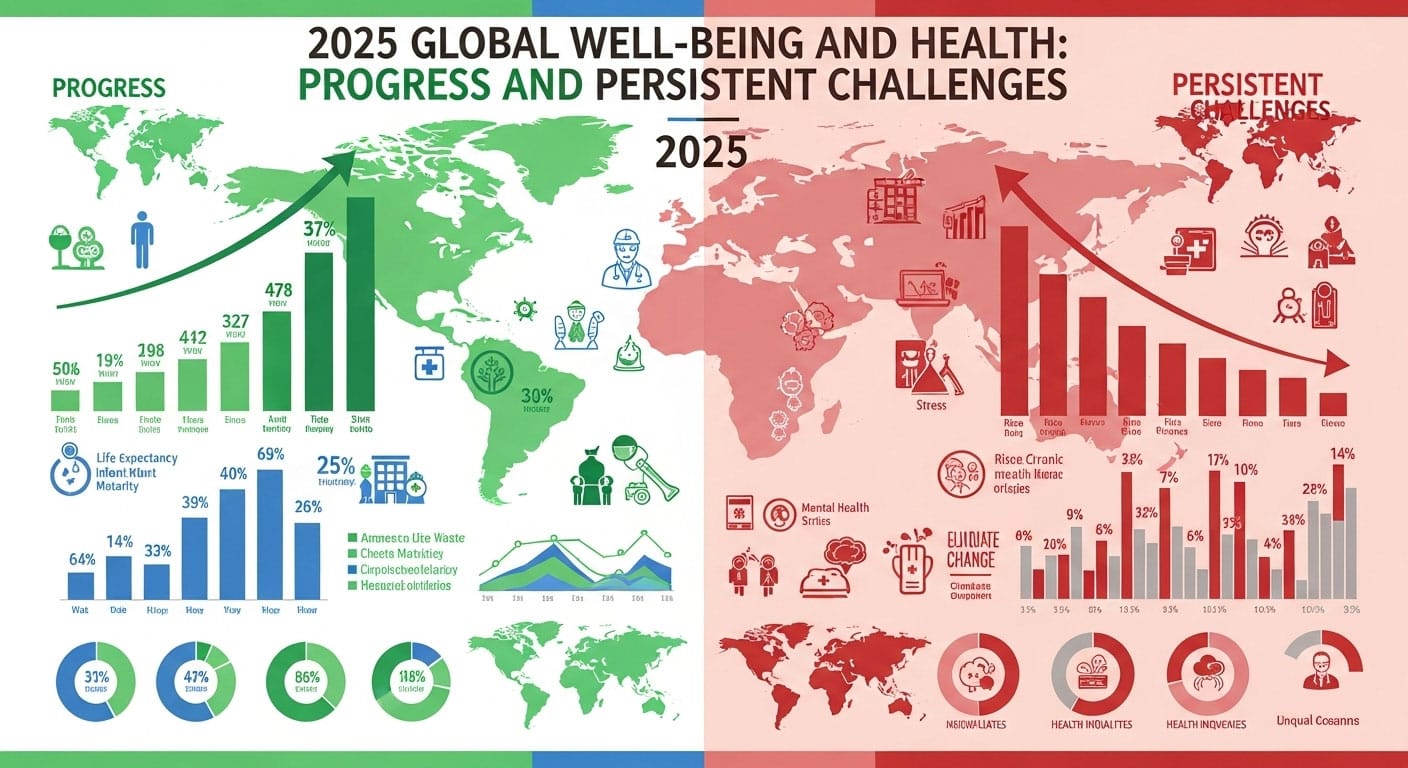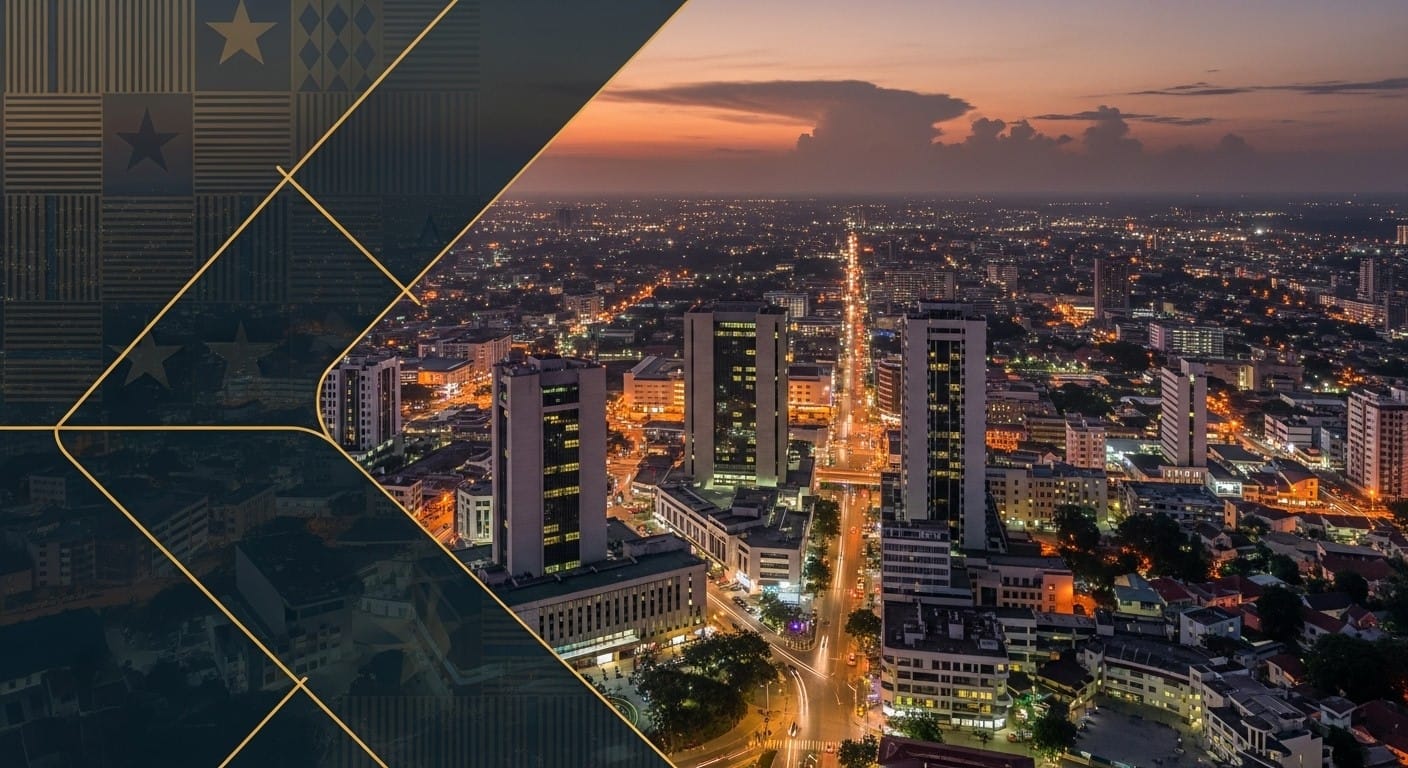How is humanity truly doing? In an age of constant news cycles, understanding the big picture of human prosperity and public health can feel impossible. The research organization Our Our World in Data Data provides a clear, evidence-based perspective, analyzing long-term trends to reveal a complex dual reality: we have made immense, often overlooked, progress while still facing significant, stubborn challenges.
This data-driven view shows a world that is simultaneously much better, deeply flawed, and capable of becoming better still. Let’s explore the key findings that paint this comprehensive picture.
The Encouraging Story: Unprecedented Gains in Human Prosperity
The data highlights several astonishing achievements in recent history, showcasing humanity’s capacity for profound positive change.
A Revolution in Longevity and Child Survival
One of the greatest human triumphs has been the fight against early death. The progress is staggering:
- Life Expectancy: Just two centuries ago, no country had a life expectancy above 40 years. Today, the global average has more than doubled to over 72 years. This increase is seen across all age groups.
- Child Mortality: In the 19th century, roughly half of all children died before reaching adulthood. While over 5 million children still die annually, we are living through the most rapid progress against child mortality in global history.
The Great Escape from Extreme Poverty
For most of human history, widespread poverty was considered an unchangeable fact. In 1820, three-quarters of the world’s population lived in extreme poverty. The Industrial Revolution sparked sustained economic growth that has lifted billions out of deprivation. Today, that number has fallen to just 8% of the global population (living on less than $2.15 per day).
The Global Spread of Democratic Rights
The expansion of democracy is a modern marvel. In the 19th century, the concept of ordinary people having political rights and guaranteed freedoms was nearly non-existent. Today, billions of people across the world live in democratic systems, a testament to a profound shift in governance.
A Demographic Shift to Smaller Families
The global fertility rate has seen an unprecedented change, halving from an average of 5 children per woman in 1965 to below 2.5 today. This is not due to catastrophe, but rather to positive developments:
- Empowerment of women through education and labor market access.
- Declining child mortality rates.
- Rising costs associated with raising children.
A More Literate and Interconnected World
Literacy and trade have fundamentally reshaped our societies. In 1820, only one in ten people could read and write; today, that share has reversed, with only one in ten remaining illiterate. Simultaneously, global trade has exploded, with exports now more than 40 times larger than in 1913. This globalization has increased efficiency, lowered consumer prices, and fostered interconnectedness.
The Sobering Reality: Immense Challenges Remain
Despite profound progress, the data unequivocally shows that our work is far from over. Humanity is still in the early stages of solving many severe global problems.
Lingering Poverty and Stark Inequality
While extreme poverty has fallen, billions still live on very low incomes. A staggering 84% of the world’s population lives on less than $30 per day. The economic gap between the world’s richest and poorest countries remains extremely large, driving global inequality.
Persistent Gender Inequality
Substantial economic inequality between genders persists across the globe. Women are significantly under-represented in top income groups, often making up only 20% of the top 1% of earners. Social norms and disparities in occupational choices continue to fuel this gap.
Critical Deficits in Basic Needs
- Unsafe Water: One in four people worldwide—nearly two billion individuals—lacks access to safely managed drinking water, a crisis responsible for over a million deaths each year.
- Urban Slums: Over half the world’s population lives in urban areas, but for millions, this means living in a slum household, defined by a lack of access to improved water, sanitation, sufficient living area, or durable housing.
The Climate Crisis: A Warming Planet
The global shift away from fossil fuels, which cause three-quarters of greenhouse gas emissions, has been dangerously slow. Because global energy consumption has grown so rapidly, the total amount of fossil fuels burned continues to rise each year. This has led to a clear and accelerating trend of rising global temperatures, posing a critical long-term threat to human well-being.
Conclusion: A Dual Reality and The Path Forward
The comprehensive data from Our World in Data confirms that the world can be “much better, awful, and can be much better” all at once. The monumental gains in health, poverty, and education prove that progress is not a fantasy but a result of focused human effort, innovation, and sound policy.
However, the journey has only just begun. The persistence of inequality, the climate crisis, and deficits in basic needs are stark reminders of the work ahead. Understanding this dual reality is essential for shaping a future where continued progress in global well-being and health is not just a hope, but a prioritized and achievable goal.











